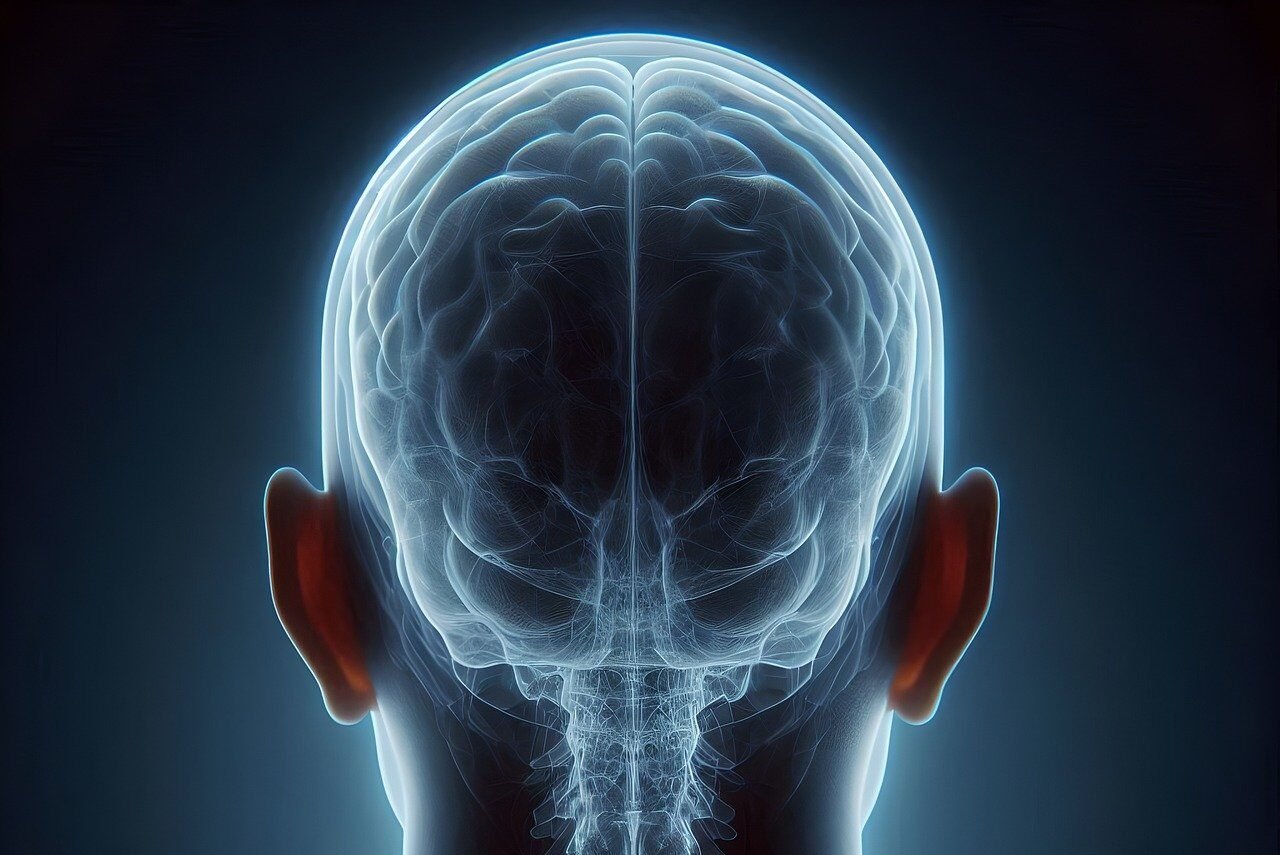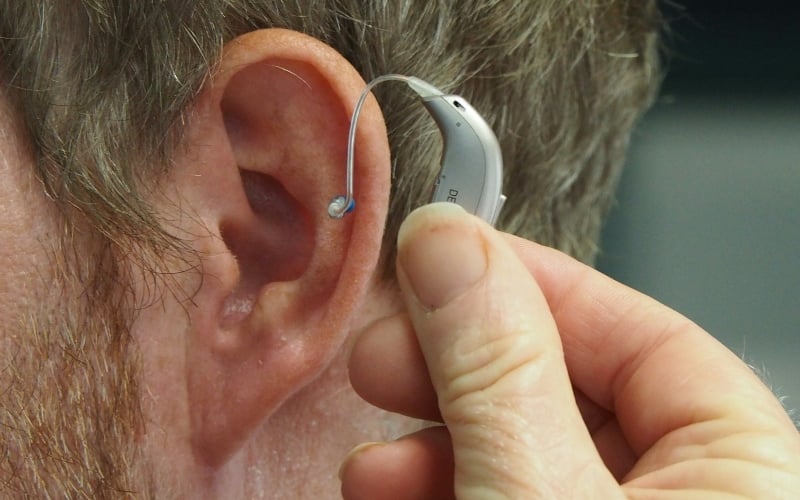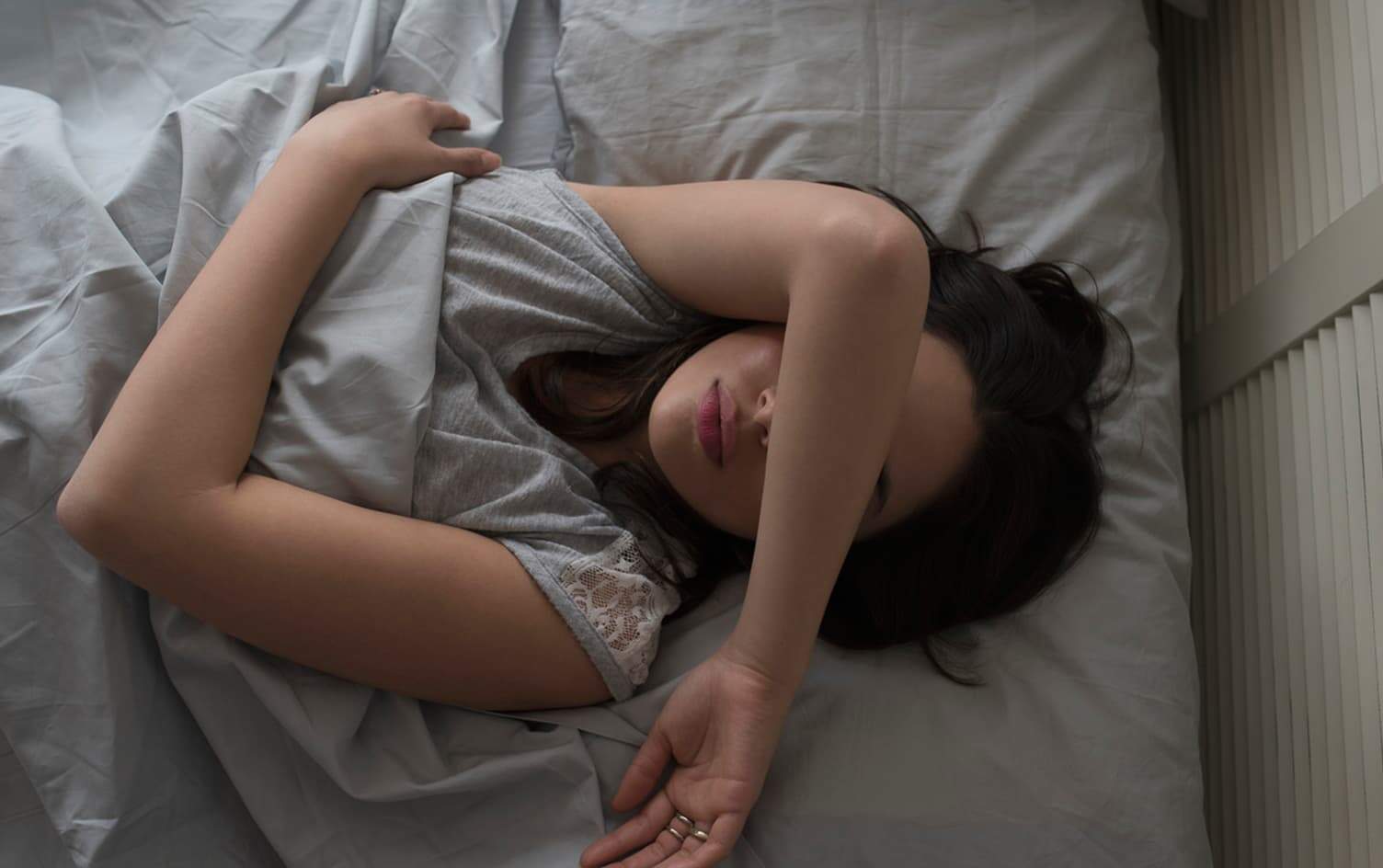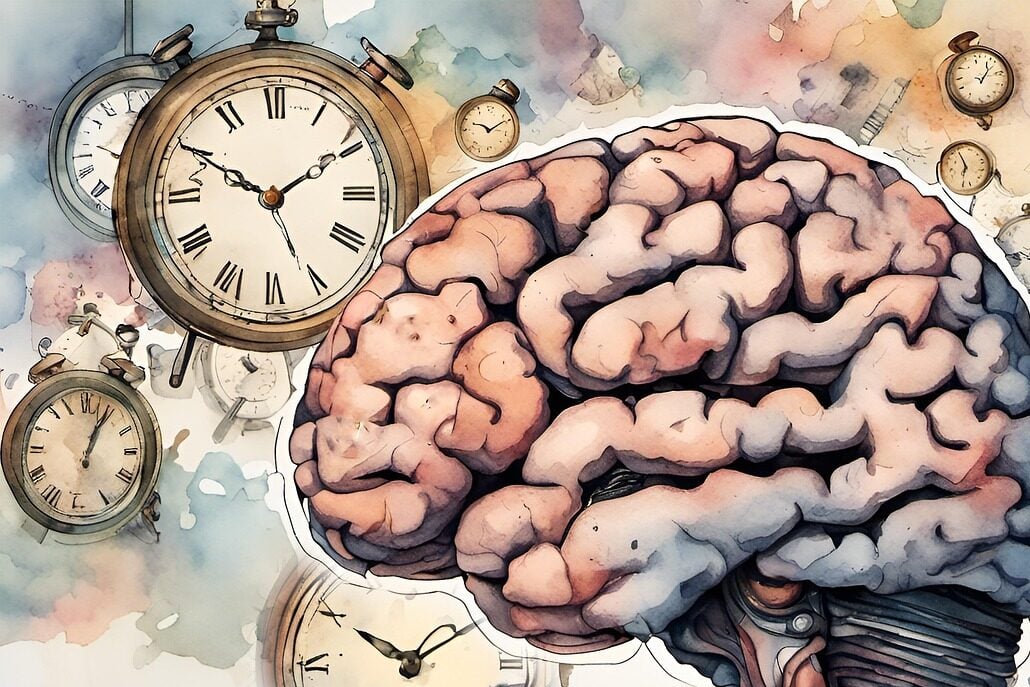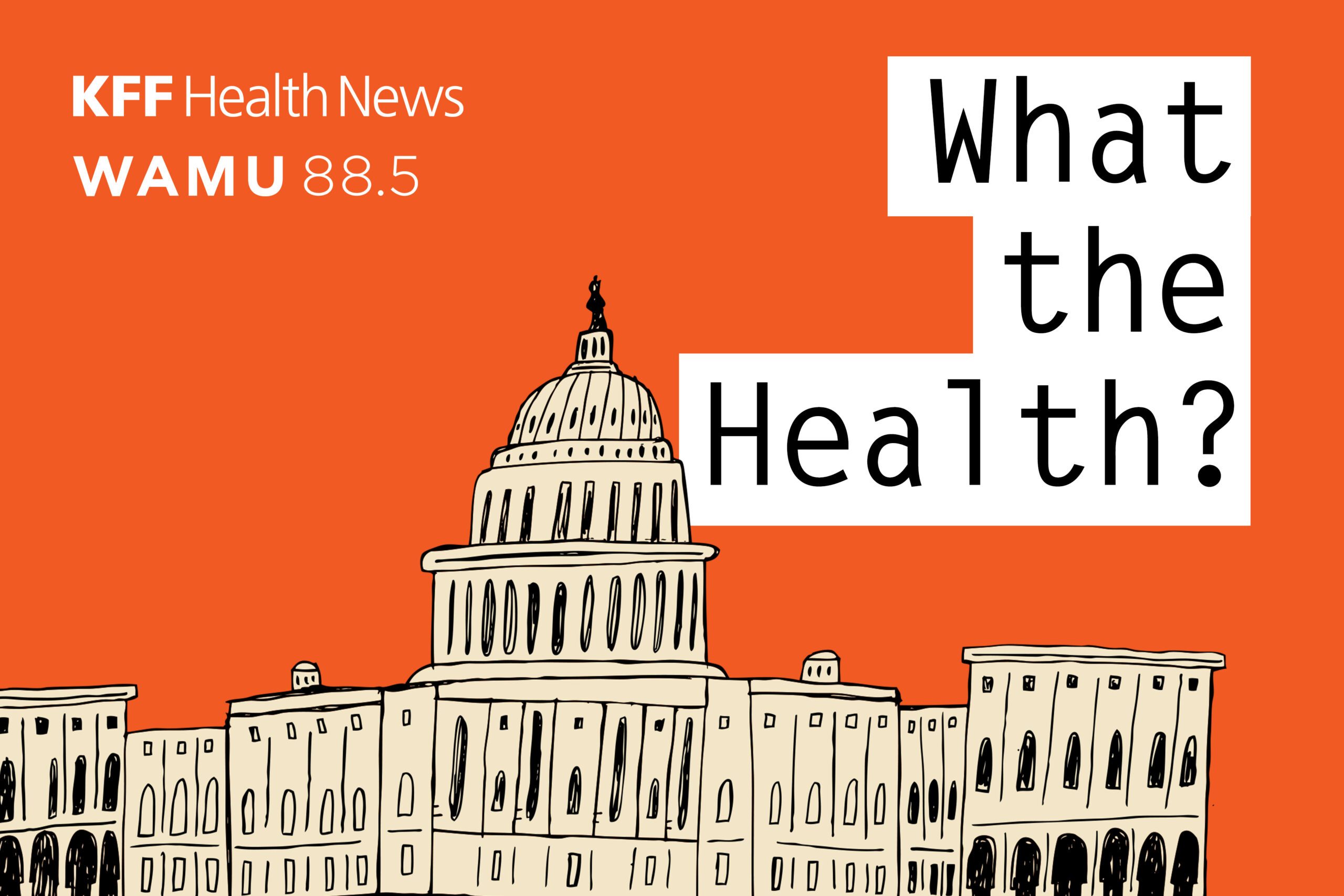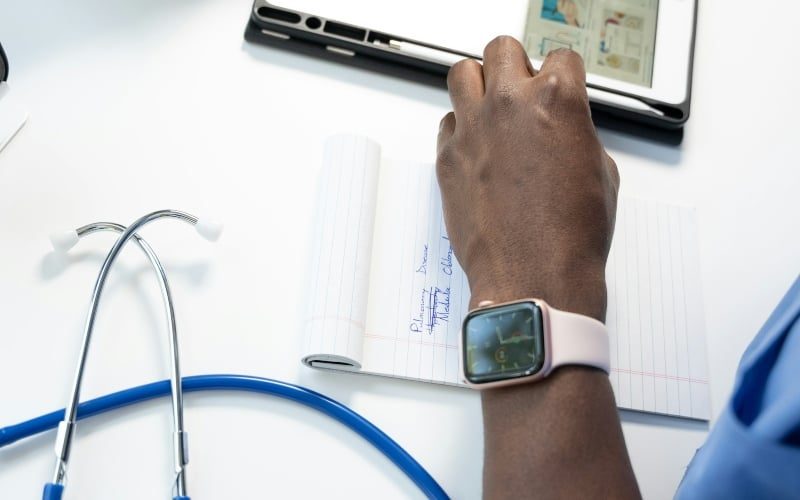The young founder of Aussie skincare brand Body Blendz was left fighting for life in a 15-day coma after contracting Covid.
Theo Ikosidekas caught the Delta strain of the virus in October last year during Melbourne‘s harsh lockdown and at first he had nothing more than a runny nose.
But a few days later the 32-year-old was rushed to Austin Hospital after experiencing shortness of breath, and testing confirmed his oxygen levels had fallen to just 72 per cent.
Theo told FEMAIL he was put into an induced coma 90 minutes after arriving at the emergency room.
‘I was urgently texting my parents and my business colleague giving him all the passwords to every aspect of the business as I had no idea how long I would be in a coma for and if I’d even survive,’ he said.
‘It all happened so quickly – it was extremely traumatic.’



Body Blendz founder Theo Ikosidekas (pictured) caught the Covid Delta strain in October last year and was rushed to hospital five days later after struggling to breathe. Within 90 minutes of arriving at the emergency room he was put in an induced coma in attempt to stabalise his oxygen levels
Doctors told Theo he needed to be put in an induced coma urgently to stabilise his oxygen levels.
Shortly after he was diagnosed with pneumonia hypoxia as the infection spread to his lungs, which was causing the shortness of breath and blood clots.
‘I was absolutely petrified, if I didn’t call the ambulance and go to the hospital when I did I probably would’ve died,’ Theo said.
‘It was so stressful; I kept thinking if myself and the brand was going to survive – people still need to be paid and I wanted to make sure everything was taken care of, but there was no time.
‘I was literally handing over as many passwords as I could remember, including bank details.’


Theo told FEMAIL he had almost no time to pass on his passwords and bank details to his business colleague. He had no idea how long he’d be in a coma for, what the end result would be and if the brand would stay afloat (Theo pictured, left, with other business owners at Cosmoprof Expo 2022 in Vegas)
Sydney General Practitioner Olivia Lesslar told FEMAIL critically ill patients are put into a coma for several reasons – including pain relief, optimization of oxygen, and to prevent dyssynchrony with the ventilator.
‘There is a persistent debate in medicine at the moment about the role of microclots (which lead to lack of oxygen to many organs) in severe disease,’ Dr Lesslar said.
‘The inner lining of the blood vessels called the endothelium can get very inflamed and this will have knock-on effects on other immune and inflammatory pathways.’
In this case, putting Theo in an induced coma helped stabalise his symptoms and likely saved his life.




While in the coma Theo was completely paralysed but recalls having ‘strange’ lucid dreams where friends and family from the past and present came to him. ‘It was like being in a nightmare I couldn’t wake up from. Even now I suffer from PTSD from these flashbacks,’ he said
While in the coma Theo was completely paralysed but recalls having ‘strange’ lucid dreams where friends and family from the past and present came to him.
‘I was either in Europe or in the hospital and all these people I know were there too, but they couldn’t speak,’ he said.
‘The most traumatic aspect was when I felt this burning sensation in my throat. In the dream I remember throwing up this massive never-ending tube, which I assume was when the doctors were waking me up, it was horrific.
‘It was like being in a nightmare I couldn’t wake up from. Even now I suffer from PTSD from these flashbacks.’
Does Covid lead to pneumonia?
COVID pneumonia is a lung infection caused by SARS CoV-2, the virus that causes COVID-19.
It causes fluid and inflammation in your lungs. Worsening difficulty with breathing is the most common symptom of COVID-19 progressing to COVID pneumonia.
It’s important to go to the ER if you have symptoms of COVID pneumonia, as it can get worse quickly.
Source: Cleveland Clinic
By the time COVID-19 patients realize they are short of breath, their conditions have already significantly deteriorated into moderate-to-severe levels of pneumonia.
The air sacs in COVID-19 patients’ lungs do not fill with fluid or pus as in normal pneumonia infections but rather the virus only causes the air sacs to collapse, thereby reducing the oxygen levels that lead to hypoxia in these patients but still maintains the lungs’ normal ability to expel carbon dioxide.
Source: National Library of Medicine
Advertisement

Luckily Theo woke up in the respiratory ward bed two weeks later after his condition stabilised and had ‘no idea’ where he was or what happened. He also had a ‘hole’ on his cheek (pictured) from bedsores along with cuts all over his tongue
His family back home would receive a call once a day with an update on how he was doing, and at times even doctors didn’t know what the outcome would be.
‘They were afraid of lung and brain damage because my oxygen levels were so low,’ he said.
Luckily Theo woke up in the respiratory ward bed two weeks later after his condition stabilised and had ‘no idea’ where he was or what happened.
‘I was so weak, had no energy, and had bandages on my face and chin,’ he said, adding: ‘And no one told me what happened until a few days later.’
He also had a ‘hole’ on his cheek from bedsores along with cuts all over his tongue.
Since he had been laying in a bed for two weeks, his muscles were limp and he needed to learn how to walk again through intense physiotherapy.
‘It was like I was a toddler again,’ Theo said, adding a bid of thanks to the incredible team who assisted him during this process.
‘I was determined to get out of there (the recovery ward) as quick as possible, it was such a depressing environment.’
Rather than saying in recovery for months as doctors expected, he was discharged after just one week.


Since he had been laying in a bed for two weeks, his muscles were limp and he needed to learn how to walk again through intense physiotherapy. But he gained his strength and learnt how to walk again after a week
But he found he couldn’t work for longer than one hour every day due to ongoing fatigue and couldn’t drive or go to the gym for three months, which was ‘frustrating’.
‘It took me a while to come back to work full-time and I started questioning everything; I felt lost, depressed, anxious… my world had been turned upside down and I asked if this was going to be my new normal,’ he said.
Months after the ordeal Theo feared he’d ‘never be the same’, and unfortunately he caught the Omicron Covid variant in May this year.
‘I was so terrified of ending up in hospital and in a coma again, but the GP said I was overreacting,’ Theo said.
Thankfully the Omicron variant didn’t have the same medical impact.
This gave Theo the confidence to travel to the US in July for Cosmoprof Expo – the leading B2B beauty trade show – to promote his brand.
‘I was still on my blood thinning medication so flying was much more high risk, but doctors helped me reach the right levels to be safe on my flights. Not long after I got home I was finally ready to stop taking all medications,’ he said.


By September this year Theo made a full recovery. Luckily he had minimal scarring on his lungs and no permanent damage elsewhere (pictured now)


Body Blendz started in 2014 at the front of the pack ahead of the social media e-commerce boom and is now endorsed by Kim Kardashian (pictured: customer using the Body Blendz face mask)
By September this year Theo made a full recovery. Luckily he had minimal scarring on his lungs and no permanent damage elsewhere.
‘It’s been a ride and a huge learning experience to never take anything for granted,’ he said.
While he often still struggles mentally, he is grateful the end result wasn’t worse and is incredibly proud of his team for keeping the brand afloat.
Body Blendz started in 2014 at the front of the pack ahead of the social media e-commerce boom and is now endorsed by Kim Kardashian.
Original Article

